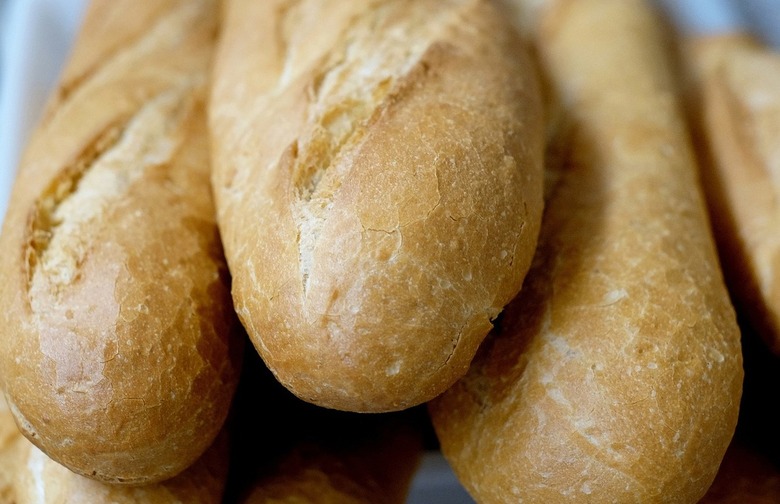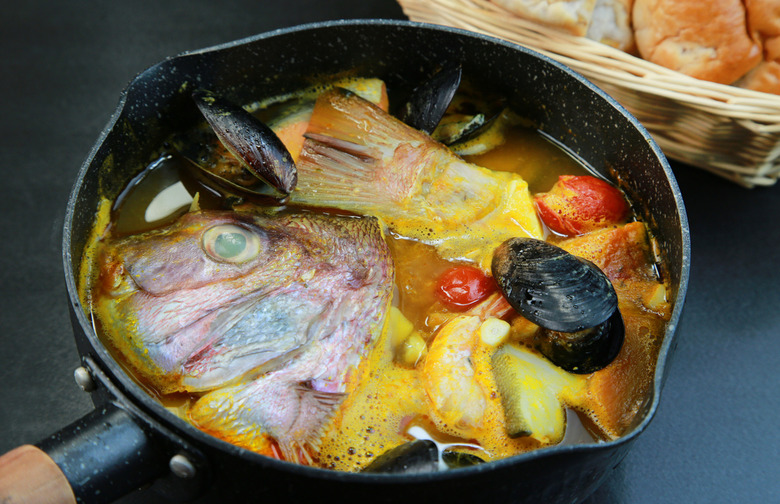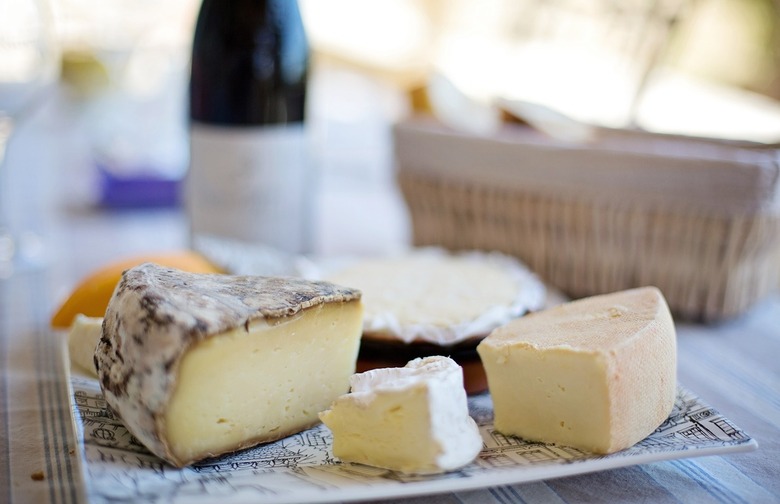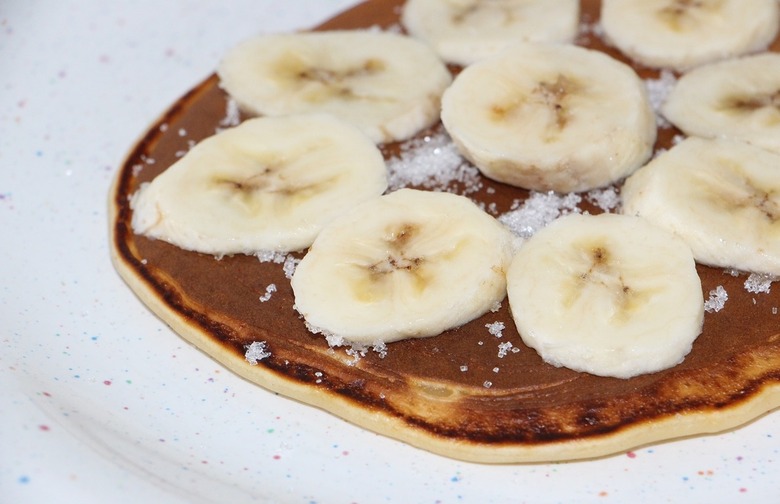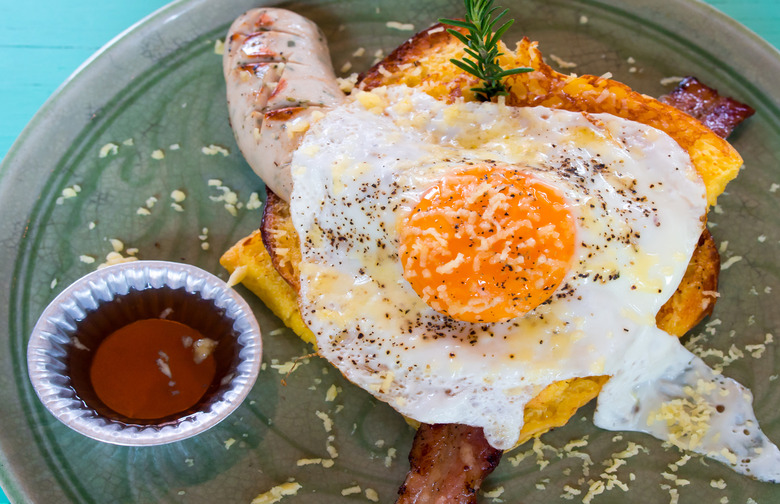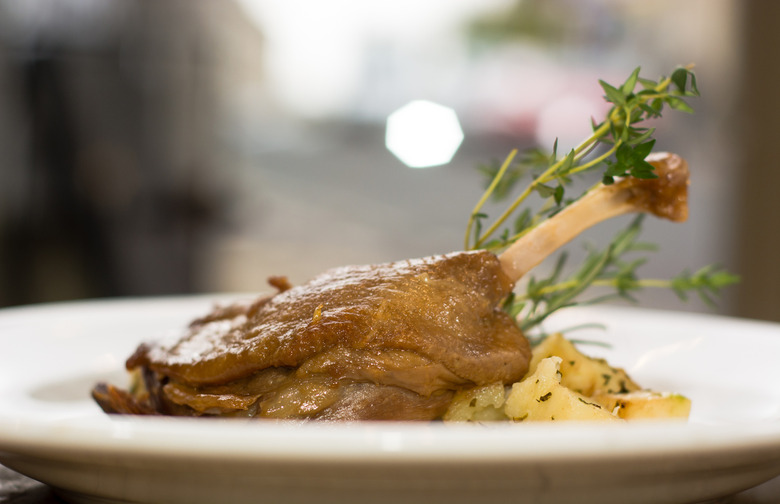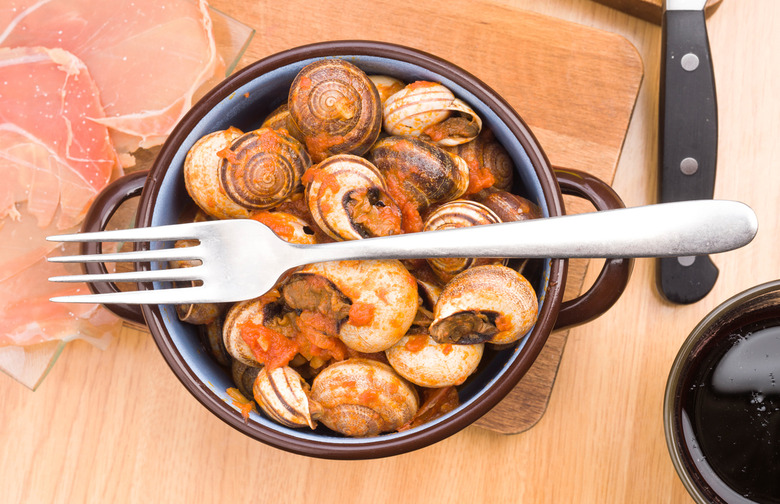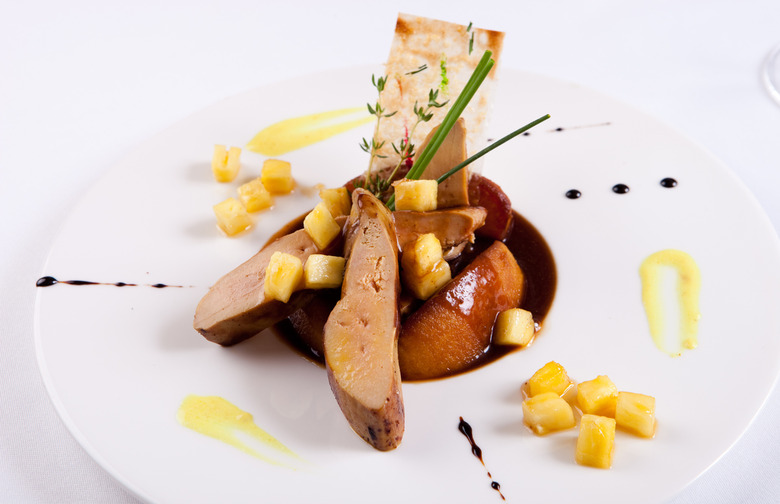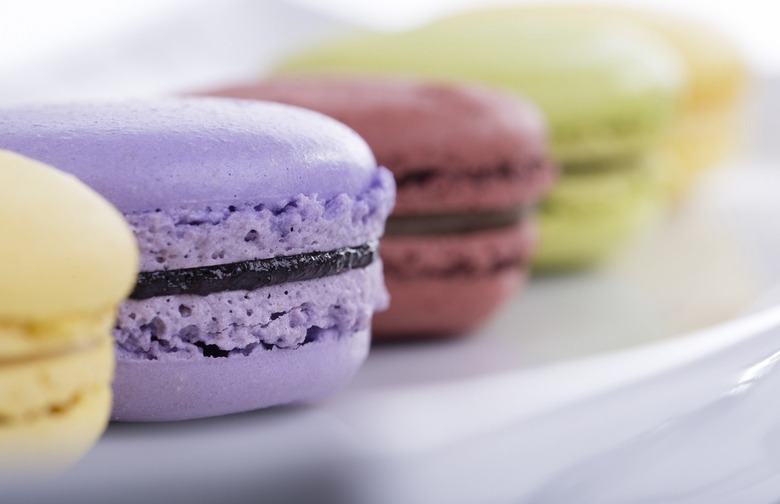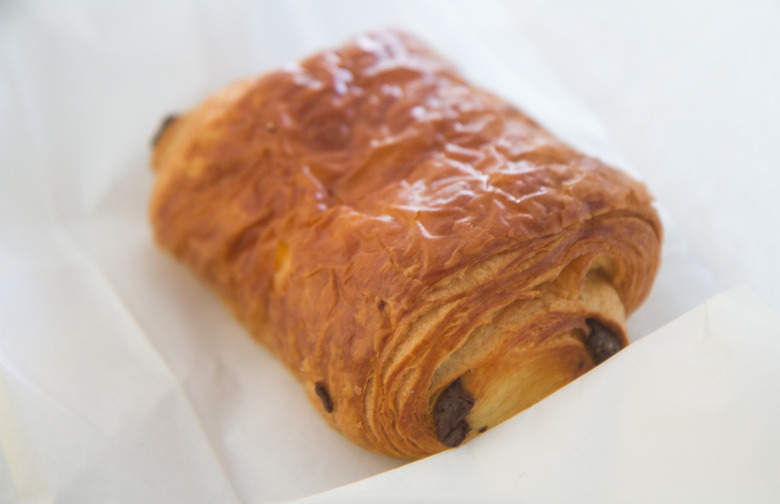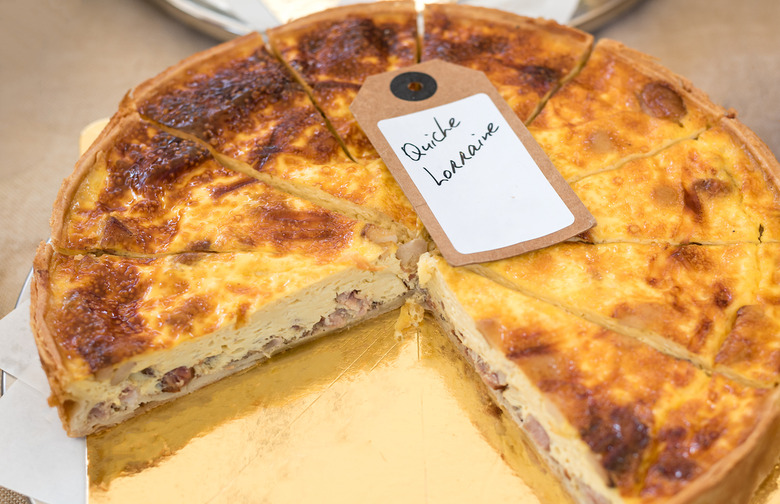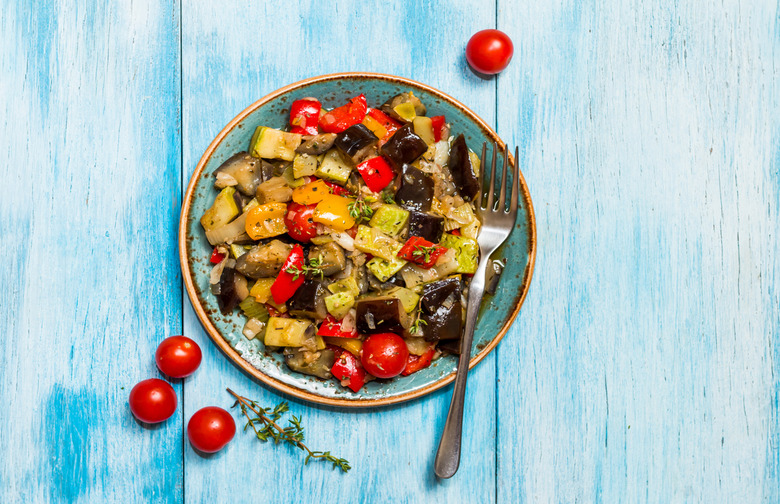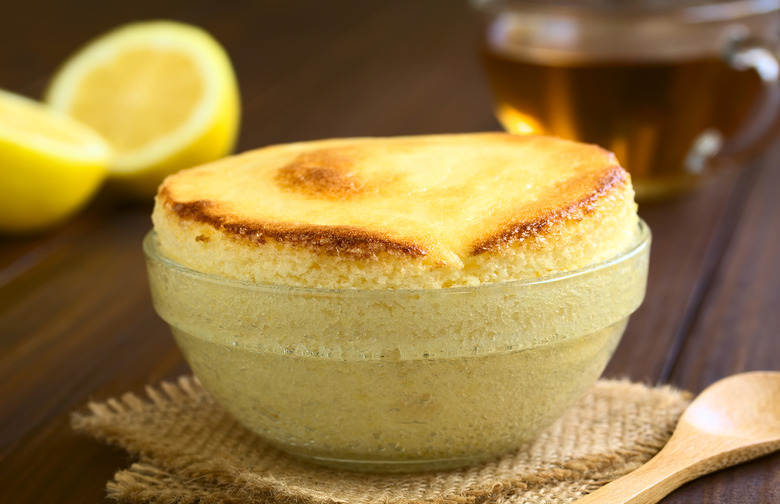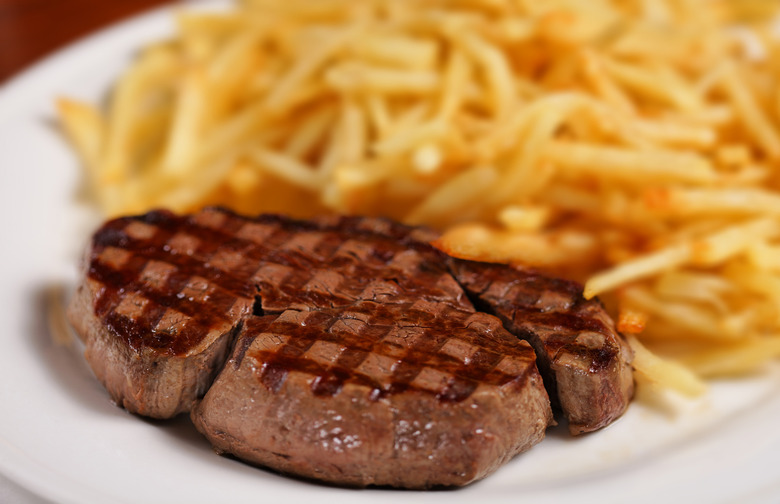French 101: 14 Essential French Foods To Know (Slideshow)
One may think the term baguette is synonymous with "bread," but it's much more specific than that — and it's regulated by French law. However, the enforcement has nothing to do with baguette's signature long shape (even though the word baguette translates to "wand" or "baton"), and instead regulates the weight (must be 250 grams) and dough, which must be made on-site using only four ingredients: wheat flour, water, salt, and yeast. Interestingly, the baguette in its current form also came about because of a 1920 law that forbade bakery employees from working before 4 a.m., which necessitated a faster-baking type of bread. The result was the hard-on-the-outside, soft-on-the-inside grain known today.
Baguette bread is fantastic for sandwiches. Here are some of our favorite recipes.
Bouillabaisse
Although the dish is said to have originated in ancient Greece, bouillabaisse is most often associated with the French port city of Marseille, where it was popularized by fishermen, who used bony rockfish in this stew. Traditionally it used red rascasse, sea robin, and European conger, but almost any fish can be used, along with mussels, clams, crabs, shrimp, lobster, or octopus. Vegetables like leeks, celery, onions, potatoes, and tomatoes are simmered together with saffron in the broth, which is served with a piece of bread smeared with rouille, a sauce made of olive oil, garlic, saffron, and cayenne pepper.
Cheese
France has over 400 distinct types of cheese (but varieties within some types actually result in a total of almost 1,000), which can come from the milk of cows, goats, or sheep. The most common are camembert, Brie, Gruyère, and Roquefort — and, as is the case with bread, the production is strictly regulated, with about 56 types that are classified, protected, and regulated under French law. And the number is constantly growing. In fact, French President Charles de Gaulle famously quipped in 1962, "How can you govern a country which has 246 varieties of cheese?"
Do French cheeses smell? See if any varieties made our list of the 6 Smelliest Cheeses on Earth.
Crêpes
A crêpe is a really thin pancake (thanks, Talladega Nights) made from wheat flour or buckwheat flour, which is served with a variety of fillings from cheese to fruit to Nutella. Due to their generally sweet taste, crêpes are usually served for breakfast or dinner, with the most famous type being the Crêpe Suzette, which is made with a sauce of caramelized sugar and butter, tangerine or orange juice, zest, and Grand Marnier or orange Curaçao liqueur on top, served flambé.
Need some filling inspiration? Check out our extensive collection of crêpe recipes.
Croque Monsieur/Croque Madame
This popular sandwich dates back to the early 1900s, when it was enjoyed in cafés and bars around France as a quick snack. In case you were wondering, croque comes from the verb croquer ("to crunch"), and monsieur means "mister." It's such a popular staple of the urban French menu that it was even mentioned in Marcel Proust's In Search of Lost Time. At its core, a croque monsieur is essentially a posh grilled ham and cheese, which incorporates Emmental or Gruyère cheese. When it is served with a poached or fried egg on top, it becomes a croque madame.
There's no one way to make a croque monsieur, as these recipes will certainly show.
Duck Confit
The French really dig their duck, and duck confit is likely the most famous dish involving this waterfowl — even more common in France than duck à l'orange. Traditionally, the whole duck is used to produce the meal, but the legs and thighs are the most important parts. To start, the meat is rubbed with salt, garlic, and other herbs. After refrigeration, the spices are rinsed and the meat is slowly poached in fat until tender. It is then submerged completely in fat again refrigerated for an extended period of time, or until the meal is ready to be cooked and served.
Escargot
When trying French foods, this is where many people draw the line. Eating snails sounds more like something little kids would mistakenly do while playing outside, not something that takes place in fancy restaurants. But give it a shot, and you might be surprised. Typically served as an appetizer, the snails are removed from their shells, cooked (usually in garlic butter, chicken broth, or wine) and then placed back into the shell with more butter and sauce. Eating escargot is such a unique experience that special forks, tongs, and trays are used.
Foie Gras
Foie gras is one of the ultimate luxury food items: the liver of a duck or goose, the animal having been extensively fattened using a controversial force-feeding method prior to slaughter, a technique that dates back as far as 2500 B.C. This delicacy, very rich in flavor (goose liver is the more delicate of the two), is typically prepared by cooking whole in a bain-marie or poaching, wrapped in a dish towel (or torchon), in wine or stock; turned into mousse, parfait, or pâté (sometimes mixed with other meats); or quickly seared and served hot.
Want to try making foie gras yourself at home? Here are our top recipes.
Macarons
Not to be confused with the coconut ball treats known as macaroons, the macaron is a small, round meringue sandwich with a jelly-like filling. Macarons come in bright colors and a variety of flavors, ranging from vanilla and chocolate, to rose and pistachio. Because macarons are made of simple ingredients (egg whites and sugar), the flavor options (and colors) are really limitless. Macarons, however, are uniform in consistency: The outer meringue layers are crunchy, while the filling is creamy or gelatinous.
Pain au Chocolat
Bread? Good. Chocolate? Good. Bread and chocolate? Amazing! Especially as a breakfast item. Although rectangular in shape, pain au chocolat uses the same flaky, layered dough as a croissant (and occasionally actually is a croissant), and contains one or two melted pieces of dark chocolate in the middle, or a sweet chocolate spread. And since you're in France, you know the chocolate will be better than most varieties out there.
Quiche Lorraine
You're probably already familiar with the open-faced, pie-like pastry crust filled with eggs or custard and cheese, meat, seafood, or vegetables, but how about the country's signature Quiche Lorraine? This version (named after the Lorraine region of France) includes egg, cheese, and lardon or bacon.
Ratatouille
Ratatouille, which is a traditional French stew that originated in Nice, is especially popular in the summer months when vegetables are plentiful. (It is also a delightful little Disney movie, but not the moniker of the mouse protagonist, who is named Remy.) The typical preparation involves sautéing each vegetable (eggplant, zucchini, tomato, bell peppers, onions, etc.) separately before layering them into a dish for baking. Mixed with garlic, basil, bay leaf, thyme, and/or other herbs, ratatouille can be served as a side dish or meal in itself, which is often accompanied by pasta, rice, or bread.
Love the film Ratatoulle? Then check out this movie-inspired recipe for Remy's classic ratatouille.
Soufflé
Often referred to as one of the hardest dishes to make, a soufflé is a baked egg dish served as a main course, or a dessert when sweetened. The name comes from the French verb for "to breathe" or "to puff," a reference to the signature fluffy consistency. The dish dates back to the early eighteenth century (and is often attributed to French master chef Vincent de la Chapelle), but it has also been featured in numerous films and TV shows, which usually involve a comedic showing of characters failing to properly cook the soufflé, or the dish deflating or exploding when punctured with a fork. (Anyone else remember that old Brady Bunch episode where Alice spent all day carefully protecting her soufflé from disturbances?)
Click here to discover the "secret" to making a successful soufflé.
Steak Frites
Sure, this dish probably doesn't require too much explanation, but it's so obviously French that we just had to include it. As you know or guessed, steak frites is simply steak and fries, and it is served all over Europe — especially in France and Belgium, considering both countries claim the dish as their own. Traditionally, a rump cut of steak was used for this meal, but ribeye, sirloin, onglet (aka hanger steak), and even filet mignon can be used as well.
Emeril Lagasse and Rachael Ray have both crafted superb steak frites recipes. Click on their names to learn how to make the dishes at home.
